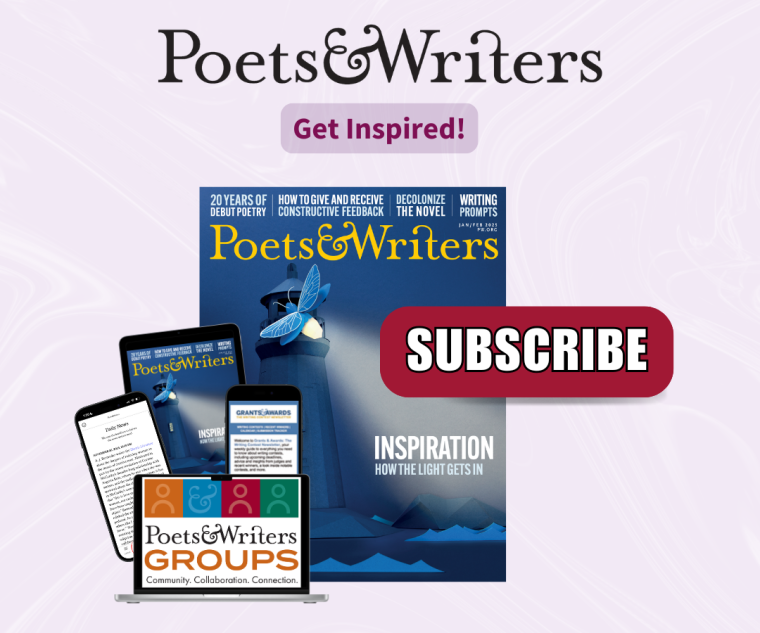Loneliness and Longing
In a recent essay published on Literary Hub, Jean Chen Ho writes about spending an academic year as a visiting assistant professor in upstate New York and the isolation she experienced as an Asian American in a predominantly white neighborhood. Throughout the piece, Ho mixes her reflections about daily activities—visiting a museum, exercise, meeting colleagues, dating, and going to a local bar—with observations of her environmental surroundings and the violence and devastation in Gaza, as well as allusions to Louise Bourgeois, Jane Hirshfield, and Milan Kundera. Write a personal essay that meditates on a time when you have felt particularly alone. Where were you and what were the circumstances that contributed to your feelings of isolation? How did the environment around you, and the art or writing you connected to at the time, reflect your state of mind?




